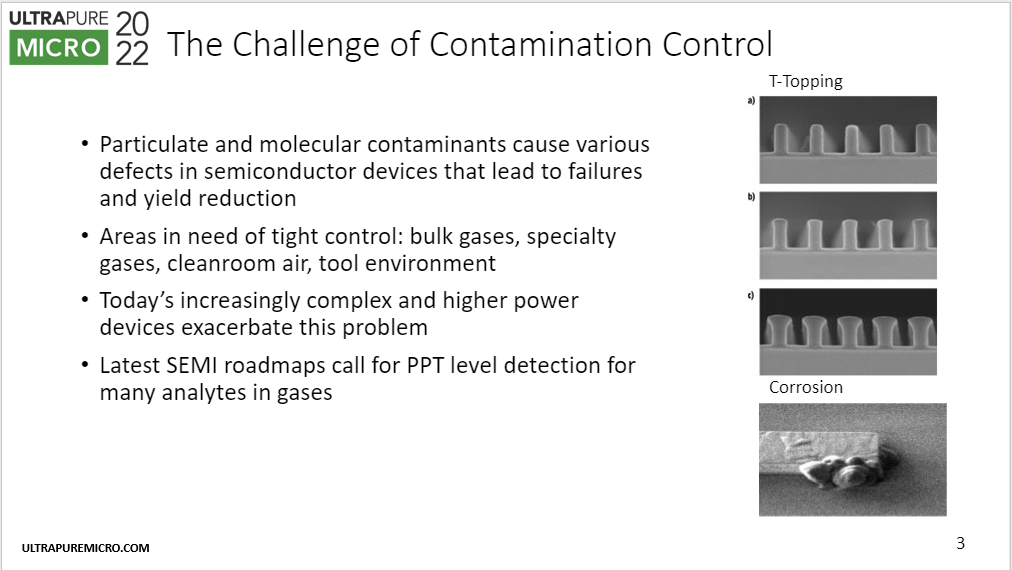On-line measurement of total active ions at sub-PPB levels using advanced resistivity algorithms
Date Published 2019 | UPW journal archive
To access our resources you will need to be a member of UltraFacility, log in to your account or purchase a membership to view this content.
The ability to conduct current through a liquid is measured by conductivity and can be related to the concentrations of ions in the solution. In this work, a patented analytical technique is used to quantify the contaminant level of specific chemicals in an on-line ultrapure water (UPW) system. The method uses a resistivity system with additional mathematical techniques to exploit the physical relationship between temperature and resistivity. This method utilises the slope between resistivity/temperature curves and not the absolute resistivity. The theoretical conductance of chemicals is compared with experimentally-measured values from 1 parts-per-trillion (ppt) to 10 parts-per-billion (ppb). This work helps establish the characteristics of compounds that can be measured with this technique and determines the limits of detection, and therefore has a potential commercial application. High conductance compounds like sodium chloride and potassium hydrogen phthalate are measurable at the 100 ppt level while low conductance compounds like boric acid cannot be discerned from the background. As the method matures into a product the limits of detection should be lowered. This article was originally published in the Ultrapure Micro Journal in March 2019.
Related content
Semiconductors: Driving Innovation and Changing the World
Development of an Online Urea Monitor for Ultrapure Water Production in Semiconductor Fabrication Plants

Multi-Species PPT-Level Impurity Detection in Electronic Bulk Gases Using Atmospheric Pressure Ionization Mass Spectrometry

Deconstructing the Challenges of Facility 2.0: Device Complexity Drives Facility Complexity
Back to results